Sailpoint Interview Questions And Answers
4.9 out of 5 based on 17089 votesLast updated on 1st Sep 2025 30.2K Views
- Bookmark

SailPoint uses ISTM tools such as ServiceNow using REST APIs. Also this let’s automate the ticket creation process for requesting the access, approvals as well.
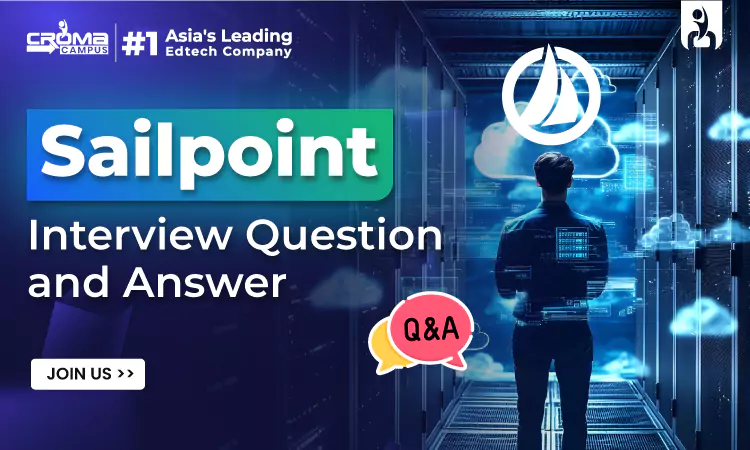
SailPoint IdentityIQ and IdentityNow are popular tools used by businesses to control who has access to what, keep systems safe, and adhere to policies and rules. In any case, if you want to become a SailPoint developer, SailPoint Training in Noida will help you get there. Through key interview questions and answers, this guide will provide you with the knowledge necessary to feel confident and prepared for your next opportunity.
Which are the main Sailpoint Interview Questions and Answers
Here we have discussed the Sailpoint Interview Questions and Answers that can help you to prepare for your next interview. Also, if you take Sailpoint Online Course then your online faculty will guide you for the same.
How does SailPoint IdentityIQ work?
It is a kind of platform that is used for the identity governance and automates the provisions across the different systems. This can also be used for accessing the reviews, compliance reports, and user lifecycle management.
What are SailPoint's fundamental components?
- Application Server – Runs logic and processes identity data
- Database Server – Stores identity records and audit logs
- File Repositories – Store connectors and configuration files
- Web Interface – User portal for requests and reviews
- Task Scheduler – Automates background jobs (e.g., provisioning)
What is Identity Governance?
This can help you ensure that the right people have right access at the right time that can help manage user access, role and policies.
Core Concepts:
What is an Application in SailPoint?
A connected system (e.g., AD, SAP) that SailPoint manages for provisioning and access control.
What is an Identity Cube?
A unified view of a person’s access across systems.
What are Connectors?
Prebuilt integrations that connect SailPoint to apps for provisioning and aggregation.
What is Aggregation?
Pulling account and entitlement data from apps into SailPoint.
What is Provisioning?
Creating, updating, or removing access in systems based on rules and approvals.
What are Entitlements?
Access rights like roles, groups, or permissions in target apps.
Technical Architecture:
How does SailPoint clustering work?
Multiple app servers behind a load balancer share the workload, connecting to a shared database for scalability and high availability.
What is a Task?
An automated background job (e.g., certification creation, aggregation, SoD scan).
What are Workflows?
Step-by-step automated processes (e.g., access approvals, provisioning flows).
What is the difference between Account and Identity?
- Identity = The person
- Account = Their login/profile in a system
One identity can have multiple accounts.
What are Custom Connectors?
Custom-built integrations when no default connector exists, using APIs or database calls.
What is Correlation?
Linking accounts from different systems to one identity using matching attributes.
What are Transformation Rules?
Scripts (BeanShell) that clean or change data during aggregation or provisioning.
What is Delta Aggregation?
Pulls only changed data instead of full re-aggregation—faster and efficient.
How is password management handled?
Password policies, reset portals, password sync, and vault integration.
What are Link objects?
Connect an identity to its accounts, storing related info and sync status.
Governance & Compliance:
What is Access Certification?
Periodic reviews where managers check if users still need their access.
What are Certification Campaigns?
Structured review events with reviewers, timelines, and remediation steps.
What is Role Mining?
Finding common access patterns to build useful roles.
Business Roles vs IT Roles?
- Business Role – Job-based (e.g., Manager)
- IT Role – Technical access bundles (e.g., AD group)
What is Segregation of Duties (SoD)?
Ensures users don’t have conflicting access that could lead to fraud.
What are Policy Violations?
Alerts when access breaks company or compliance rules.
What is Risk Scoring?
Assigns scores based on access risk to help prioritize action.
What are Lifecycle Events?
HR events (hire, move, leave) that trigger access changes.
What is the Joiner-Mover-Leaver process?
Automates access changes for hiring, role changes, and exits.
Advanced Configuration:
What are Custom Objects?
They are the user defined data types for the specific uses that are beyond the standard schema.
What is Identity Mapping?
Defines how identity data is pulled and prioritized from source systems.
What are Request Definitions?
These are the templates which is used for the self-service access requests with the workflows as well as forms.
What is Quicklink Population?
These are the controls what access the items that user can see in the request catalog.
What are Email Templates?
Email templates are used for the notifications like certification reminder and approvals etc.
What is Audit Configuration?
It defines what actions get loges on for and how long it is used for the audits.
Identity Attributes vs Extended Attributes?
- Identity Attributes – Default fields (e.g., name, email)
- Extended Attributes – Custom fields (e.g., location, department)
- Workgroup vs Capability-based access?
- Workgroup – Group with admin rights
- Capabilities – Specific permissions assigned to users or workgroups
What are Sunrise/Sunset Dates?
Auto-start and auto-end dates for time-limited access (e.g., contractors).
What is the Refresh Identity Cube Task?
Recalculates roles, updates identity data, and syncs info platform-wide.
Troubleshooting & Performance:
How to troubleshoot failed provisioning?
- Check task results
- Look at logs
- Verify connector config
- Confirm workflow execution
- Inspect target system response
Causes of slow aggregation?
- Huge data sets
- Network latency
- Poor DB indexing
- Memory limits
- Inefficient queries
Debugging Workflow issues?
- Enable trace
- Check variable values
- Review steps and approvals
- Validate submitted forms
Common Connector issues?
- Bad credentials
- API/schema changes
- Network problems
- Timeouts
- Permissions errors
How to optimize task performance?
- Use task partitioning
- Set right batch size
- Schedule during off-peak
- Tune database queries
What is LogConfig?
Config file to set log levels for specific SailPoint features.
How to handle memory issues?
- Monitor JVM heap
- Adjust memory limits
- Optimize data-heavy tasks
- Tune garbage collection
Identity Cube inconsistency causes?
- Bad correlation
- Failed aggregations
- Manual data edits
- Connector errors
Certification troubleshooting steps?
- Check reviewer setup
- Validate campaign config
- Review email/template setup
- Test app connectivity
What are the DB maintenance best practices?
- Rebuild indexes
- Update stats
- Optimize queries
- Manage logs
- Schedule backups
What is IdentityIQ's Plugin Framework, and how is it used?
The Plugin Framework in IdentityIQ allows developers to extend platform functionality without modifying core code. Plugins can include custom UIs, REST endpoints, tasks, or workflows. They’re packaged as JAR files and deployed via the SailPoint interface, enabling modular and upgrade-safe enhancements.
How does SailPoint integrate with ITSM tools like ServiceNow?
SailPoint uses ISTM tools such as ServiceNow using REST APIs. Also this let’s automate the ticket creation process for requesting the access, approvals as well as remediation. Also this can help in connecting governance with the service management process and improve the visibility, auditability, and end-to-end access control.
What is Identity Reconciliation in SailPoint?
Identity reconciliation is the process of matching accounts from external systems to existing identities in SailPoint. It helps avoid duplicate identities and ensures that access data is accurately linked to the correct person.
What are Rules in SailPoint, and where are they used?
Rules are pieces of Java/BeanShell code used to customize logic in SailPoint. They're used in areas like provisioning, correlation, certification decisions, and policy enforcement. For example, a rule can decide which role to assign based on a user's department.
What is the purpose of the Debug Page in SailPoint?
The Debug Page is a hidden admin interface used to test rules, run scripts, inspect beans, and troubleshoot issues. It’s helpful for developers and admins when diagnosing problems or verifying logic before deployment.
After understanding this guide, we are sure that this guide will help you in the training and get the Sailpoint Certification for the same. You can also show this certification to your employers at the time of the interview.
Conclusion:
From the above discussion, it can be said that success in a Sailpoint interview requires technical knowledge, experience and the ability to explain the concepts clearly. Well this question-and-answer guide gives you a strong foundation, covering everything from identity basics to advanced configuration and troubleshooting — exactly the kind of topics interviewers are likely to ask about.
Subscribe For Free Demo
Free Demo for Corporate & Online Trainings.
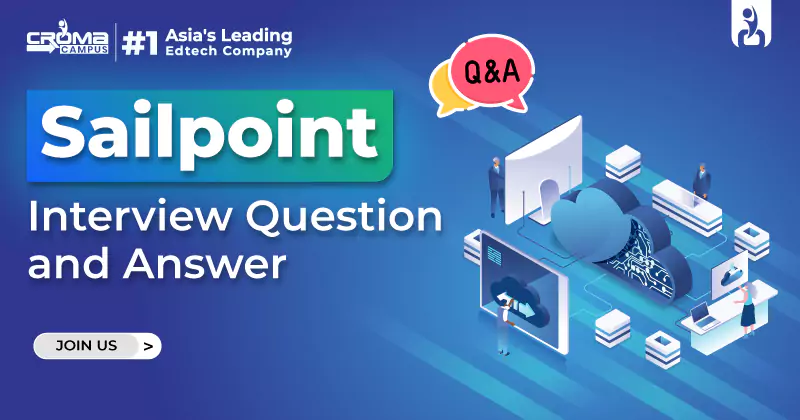
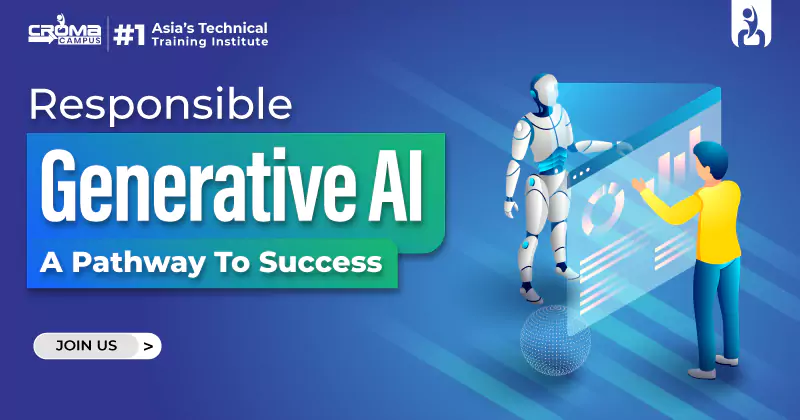
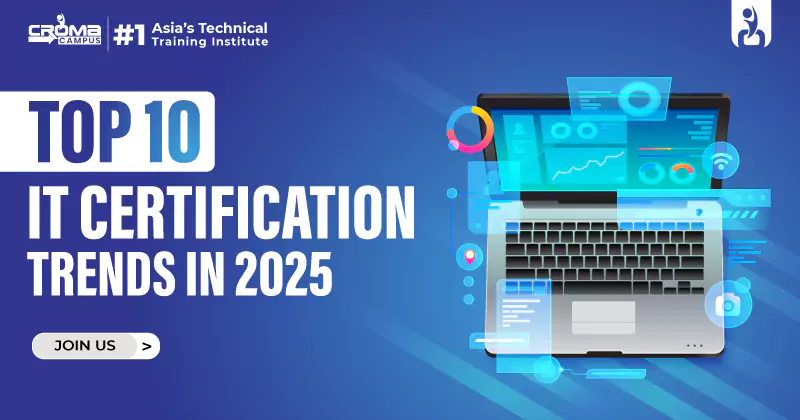
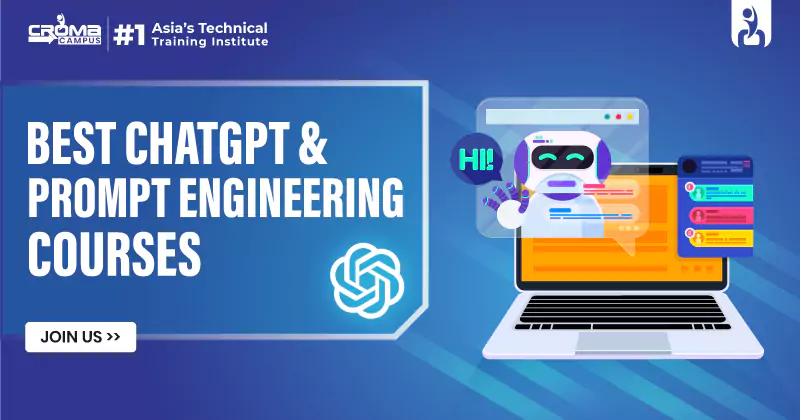
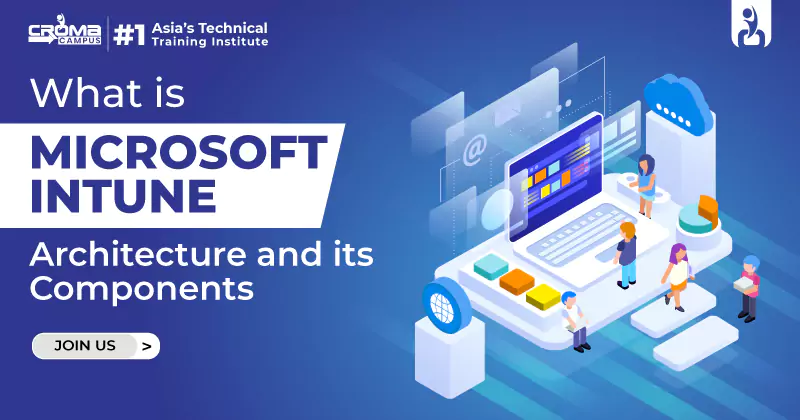
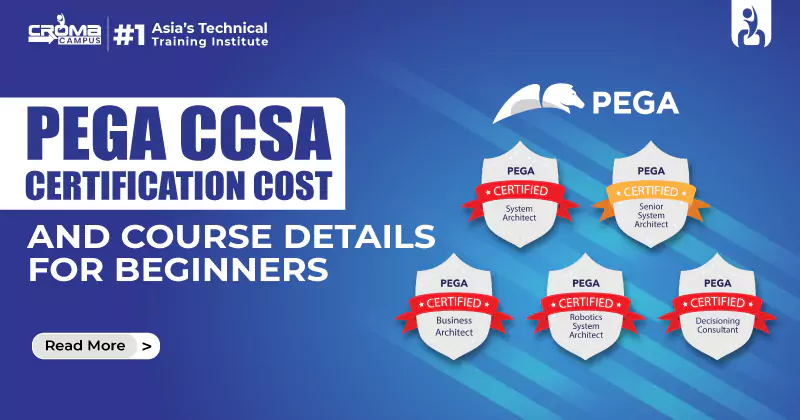


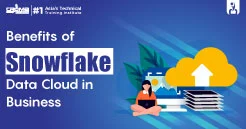
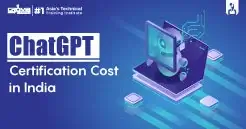
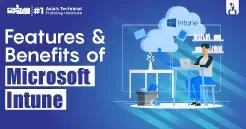
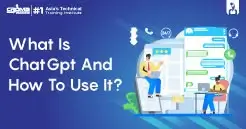





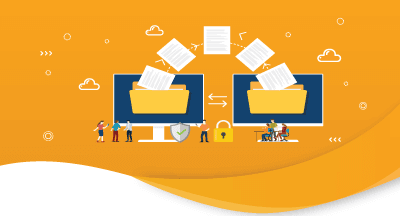







.webp)

.png)















